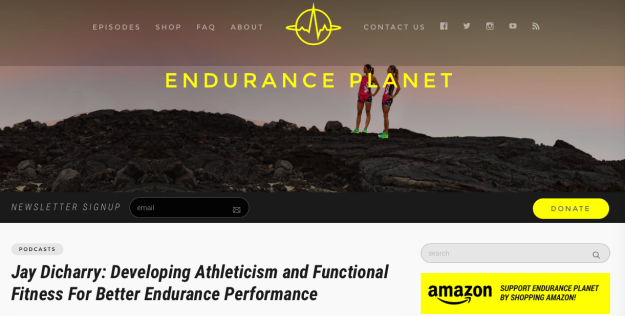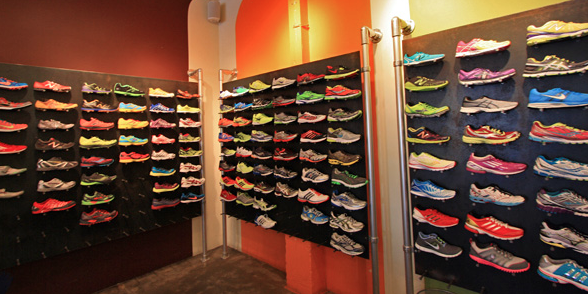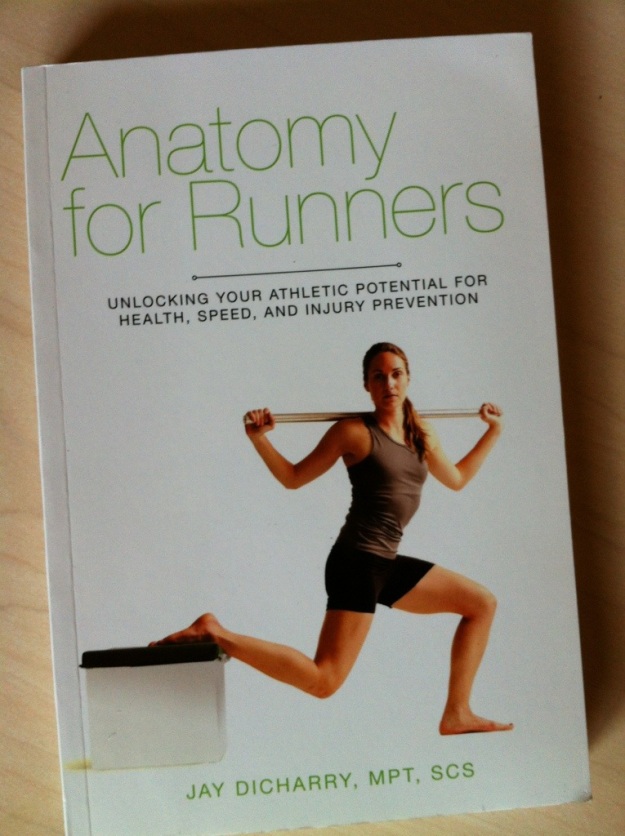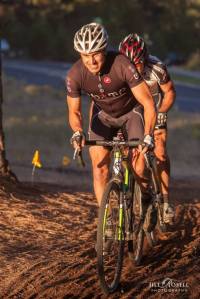Jinge bells are out, mistletoe is up, and you are freaking out because you missed out on useless sales on Black Friday and Cyber Monday…..uh oh.
What do you do now? How about dig deep, and find a present for your fellow endurance athlete that’s actually worth its weight. This week, I’ll throw out my top 5 products to help you improve. And while I didn’t actually pay for any of them (they were all sent to me by the respective company to try out), the key is that I actually DO use them. I get a LOT of stuff sent to me to try out/ demo/provide feedback. Rather than posting the things that don’t help, I wanted to share the products I feel actually have a reason to earn a place in your home training gym.
The first product on the list today is one to help you to recover. That’s right – recovery!….. the “new” buzzword getting all the attention. I once heard someone say “there is no such thing as over-training, only under-recovery”……ummm ….sure……well…..from a physiological perspective, that’s about the most stupid thing I’ve ever heard. However, endurance training does lead mechanical breakdown and structural changes, and we could all use a few tools to help us along. If you want to learn more about what types of changes occur in your soft tissues during endurance training, I highly recommend you read up on it in my book Anatomy for Runners. I’m a firm believer that informed athletes make better decisions. Embracing the reason for change means you’ll embrace it as part of your overall strategy to improve.
So today we are featuring 2 products actually.
The stocking stuffer: LAX ball
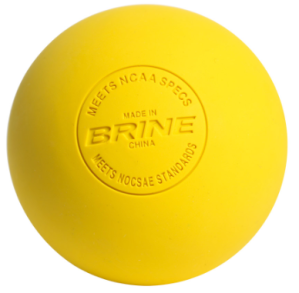 What is small, spherical, costs under 3 bucks, and may be the single biggest ally to have in your corner? The simple LAX ball. Yes, I know the foam roller is the self-proclaimed king of soft tissue recovery tools, but you likely already have one of those under your bed, and barely use it. Time for something else to mix it up.
What is small, spherical, costs under 3 bucks, and may be the single biggest ally to have in your corner? The simple LAX ball. Yes, I know the foam roller is the self-proclaimed king of soft tissue recovery tools, but you likely already have one of those under your bed, and barely use it. Time for something else to mix it up.
Where a foam roller can deform your body’s tissues in one plane, a LAX ball can dig deeper, and get better tissue deformation. In plain speak, the goal is to mobilize your body’s “layers” – and the LAX ball is a highly effective tool for doing so. A warning: even though its cheap, its ability to get a lot of pressure in a small spot also means it can inflict a lot of pain as it works its magic. Once your sweetie takes it our of their stocking, they can find about a million uses from the soles of their feet up to their lats. I’ve got a few suggestions in my book, and you can find a million more on youtube. Much cheaper than a trigger point ball, and if you lose it, no one is crying to invest in a new one.
The under-the-tree recovery tool: The Roll8
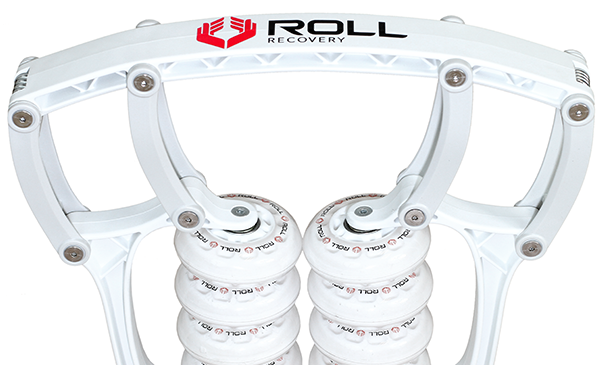
So the LAX ball costs 3 bucks….why should you spend more? And why would you ever want to stick your leg in between its jaws? Well lets look at reality here. You (or your significant other/friend) decides to ride a little bit longer than normal. Push a bit harder up the hill. Play an extra pick up game after the first one. Knock out an extra 3 repeats on the track just because your training partner says he’s “in the zone” (while you are about to see your lunch once more)….. time after time, we over-reach our volume and intensity.
While your heart and endorphins are pumping at full capacity, the stress and strain on your body causes structural damage. And that damage needs help to heal optimally, so you can do it all over again.
So you decide to bite the bullet, and shed tears on the foam roller and LAX ball, calling them the devil. It hurts so bad, all you can do is lock your muscles into a spasm. Guess what kind of positive effect this is having on the recovery process? –> nothing.
The entire reason anyone would want to do soft tissue work is to move those layers of tissue around. The Roll8 allows you to RELAX so that you can actually mobilize tissue. Soft tissue work hurst sometimes, but but shouldn’t hurt all the time.
In summary, these are both 2 excellent products. I have both, and use them both quite often, but for different reasons. If you’ve got a “problem area” you are trying to work on, the LAX ball is unmatched in its ability to go deep. But again, its often a bit too much for most folks, and a bit too potent to use frequently for a lot of athletes. The Roll8 is a really cool product that provides just enough compression and tissue glide to use pretty much daily. You won’t associate it with pain but instead with relief and mobility – which means you’ll actually USE it. I’m often amazed at the before-and-after difference I feel after using it for just a few minutes. For these reasons, I strongly recommend both of these as essential pieces of recovery equipment for endurance athletes.
Happy shopping! more to come tomorrow

 What is small, spherical, costs under 3 bucks, and may be the single biggest ally to have in your corner? The simple LAX ball. Yes, I know the foam roller is the self-proclaimed king of soft tissue recovery tools, but you likely already have one of those under your bed, and barely use it. Time for something else to mix it up.
What is small, spherical, costs under 3 bucks, and may be the single biggest ally to have in your corner? The simple LAX ball. Yes, I know the foam roller is the self-proclaimed king of soft tissue recovery tools, but you likely already have one of those under your bed, and barely use it. Time for something else to mix it up.
